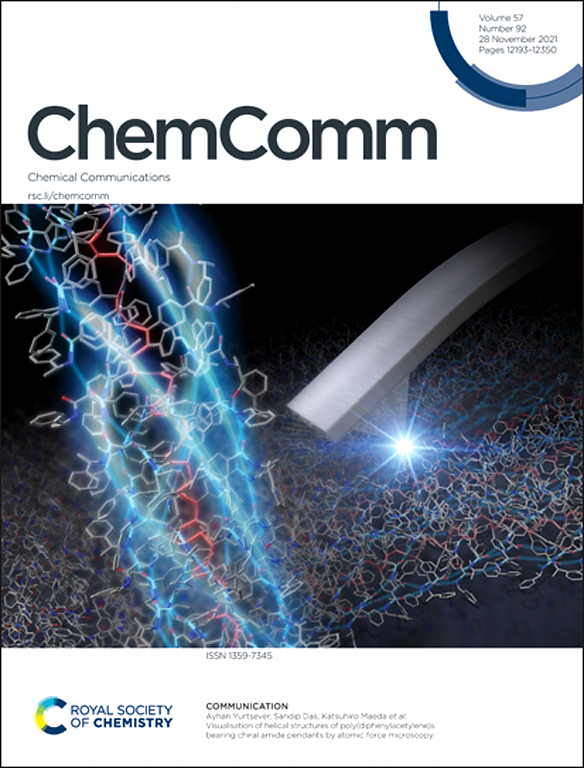高性能锂硫电池的工程共价三嗪框架
IF 4.2
2区 化学
Q2 CHEMISTRY, MULTIDISCIPLINARY
引用次数: 0
摘要
锂硫电池(li -硫电池)因其出色的理论能量密度被认为是有前途的下一代储能系统。尽管具有优势,但锂硫电池的商业化受到导电性差、多硫化物穿梭效应和缓慢的氧化还原动力学的限制。共价三嗪框架(CTFs)是一类多孔有机聚合物,具有高氮含量、扩展π共轭、优异的热稳定性和化学稳定性等特点,近年来成为解决这些问题的通用材料。本文综述了Li−S电池的工作原理和主要挑战,以及各种合成CTFs的方法。本文讨论了近年来CTFs在锂离子电池中作为硫宿主材料、阴极和分离器的研究进展,强调了其在抑制多硫化物穿梭、改善电子/离子输运和提高循环稳定性方面的多功能作用。最后,指出了目前锂离子电池中ctf基材料的局限性和未来的研究方向。本文旨在为先进CTFs的合理设计提供有价值的见解,并促进其在下一代高性能储能技术中的应用。本文章由计算机程序翻译,如有差异,请以英文原文为准。
Engineering covalent triazine frameworks for high-performance lithium−sulfur batteries
Lithium–sulfur (Li–S) batteries are considered a promising next-generation energy storage system due to their outstanding theoretical energy density. Despite their advantages, the commercialization of Li–S batteries is constrained by the poor electrical conductivity, polysulfides shuttle effects, and sluggish redox kinetics. Covalent triazine frameworks (CTFs), a class of porous organic polymers featuring high nitrogen content, extended π-conjugation, and excellent thermal and chemical stability, have recently emerged as versatile materials to address these issues. This review summarizes the working principles and major challenges of Li−S batteries, along with various synthesis approaches for CTFs. Recent progress in applying CTFs as sulfur host materials, cathodes, and separators in Li−S batteries is discussed, emphasizing their multifunctional roles in suppressing polysulfide shuttling, improving electron/ion transport, and enhancing cycling stability. Finally, the current limitations and future research directions for CTF-based materials in Li−S batteries are highlighted. The objective of this review is to offer valuable insights for the rational design of advanced CTFs and promote their application in next-generation high-performance energy storage technologies.
求助全文
通过发布文献求助,成功后即可免费获取论文全文。
去求助
来源期刊

Chemical Communications
化学-化学综合
CiteScore
8.60
自引率
4.10%
发文量
2705
审稿时长
1.4 months
期刊介绍:
ChemComm (Chemical Communications) is renowned as the fastest publisher of articles providing information on new avenues of research, drawn from all the world''s major areas of chemical research.
 求助内容:
求助内容: 应助结果提醒方式:
应助结果提醒方式:


